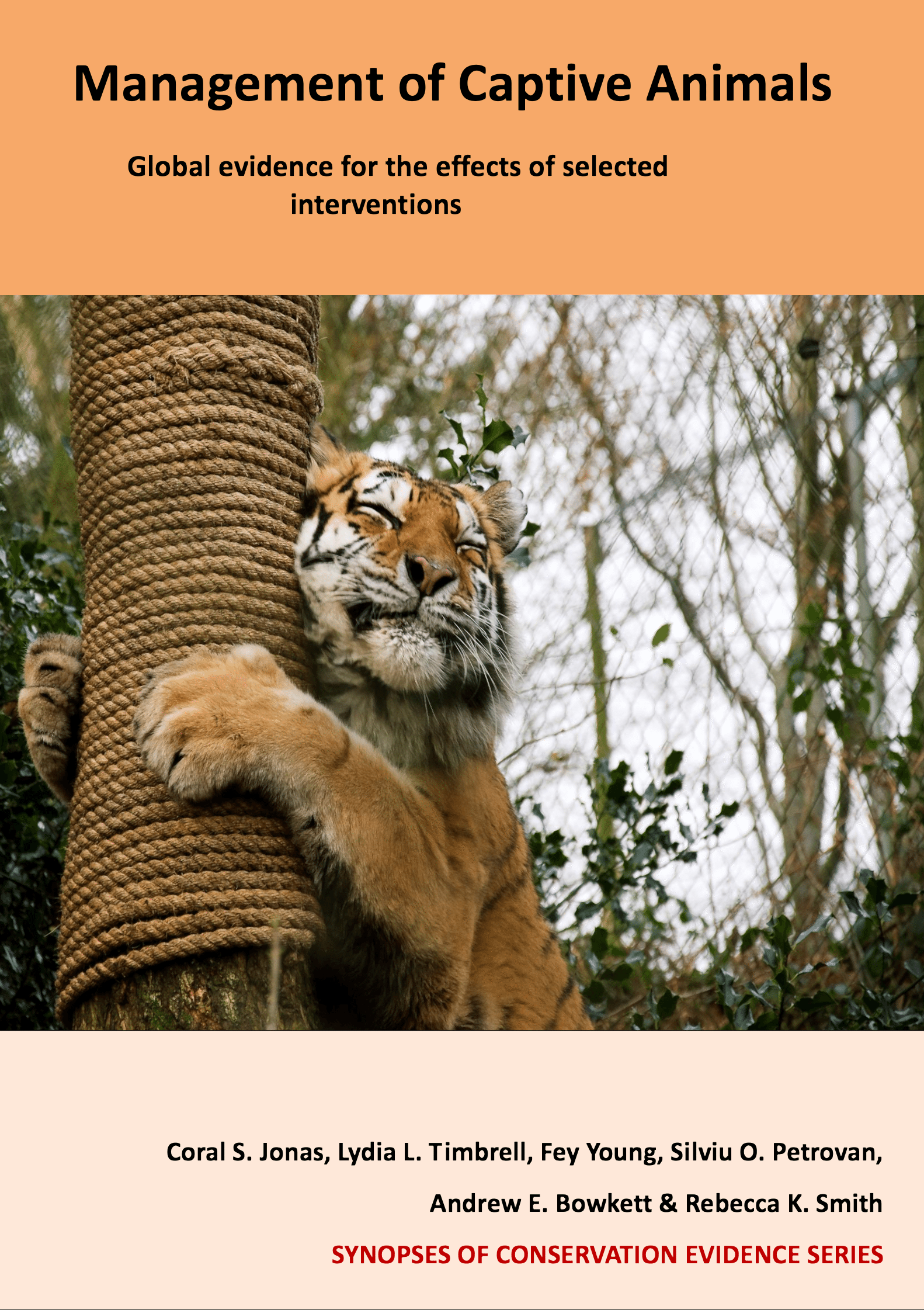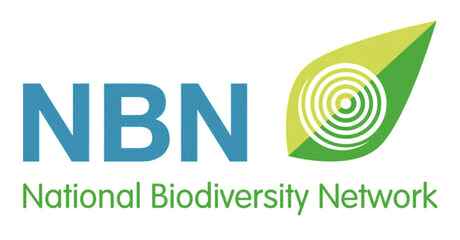Actions to conserve biodiversity
We have summarised evidence from the scientific literature about the effects of actions to conserve wildlife and ecosystems.
Review the evidence from the studies
Not sure what Actions are? Read a brief description.
96 Actions found
Refine
Hide
96 Actions found
Download Actions
Order results by:
| Action | Effectiveness | Studies | Category | |
|---|---|---|---|---|
Primates: Scatter food throughout enclosure Action Link | Beneficial | 4 | ||
Primates: Hide food in containers (including boxes and bags) Action Link | Likely to be beneficial | 2 | ||
Primates: Present food in puzzle feeders Action Link | Trade-off between benefit and harms | 3 | ||
Primates: Present food which requires the use (or modification) of tools Action Link | No evidence found (no assessment) | 0 | ||
Primates: Present food in water (including dishes and ponds) Action Link | Unknown effectiveness (limited evidence) | 1 | ||
Primates: Present food frozen in ice Action Link | Likely to be beneficial | 2 | ||
Primates: Present food dipped in food colouring Action Link | Unknown effectiveness (limited evidence) | 1 | ||
Primates: Present food items whole instead of processed Action Link | Likely to be beneficial | 1 | ||
Primates: Present feeds at different crowd levels Action Link | Likely to be beneficial | 1 | ||
Primates: Paint gum solutions on rough bark Action Link | No evidence found (no assessment) | 0 | ||
Primates: Add gum solutions to drilled hollow feeders Action Link | No evidence found (no assessment) | 0 | ||
Primates: Provide live vegetation in planters for foraging Action Link | Unknown effectiveness (limited evidence) | 1 | ||
Primates: Maximise both horizontal and vertical food presentation locations Action Link | Likely to be beneficial | 2 | ||
Primates: Formulate diet to reflect nutritional composition of wild foods (including removal of domestic fruits) Action Link | Likely to be beneficial | 2 | ||
Primates: Provide gum (including artificial gum) Action Link | No evidence found (no assessment) | 0 | ||
Primates: Provide nectar (including artificial nectar) Action Link | No evidence found (no assessment) | 0 | ||
Primates: Provide cut branches (browse) Action Link | Likely to be beneficial | 1 | ||
Primates: Provide live invertebrates Action Link | Likely to be beneficial | 1 | ||
Primates: Provide herbs or other plants for self-medication Action Link | No evidence found (no assessment) | 0 | ||
Primates: Provide fresh produce Action Link | Likely to be beneficial | 1 | ||
Primates: Modify ingredients/nutrient composition seasonally (not daily) to reflect natural variability Action Link | No evidence found (no assessment) | 0 | ||
Primates: Change the number of feeds per day Action Link | Trade-off between benefit and harms | 2 | ||
Primates: Change feeding times Action Link | Likely to be beneficial | 1 | ||
Primates: Provide food at natural (wild) feeding times Action Link | No evidence found (no assessment) | 0 | ||
Primates: Provide access to food at all times (day and night) Action Link | No evidence found (no assessment) | 0 |
Download Actions

Management of Captive Animals - Published 2018
Captive Animal Synopsis
Watch this search
If you are familiar with RSS feeds, please click the button below to retrieve the feed URL:
RSS feed for this searchIf you are unfamiliar with RSS feeds, we would suggest reading this BBC article.
Unfortunately, due to the number of feeds we have available, we cannot provide e-mail updates. However, you could use tools such as Feed My Inbox to do this for you.
What are 'Individual studies' and 'Actions'?
Individual studies
An individual study is a summary of a specific scientific study, usually taken from a scientific journal, but also from other resources such as reports. It tells you the background context, the action(s) taken and their consequences.
If you want more detail please look at the original reference.
Actions
Each action page focuses on a particular action you could take to benefit wildlife or ecosystems.
It contains brief (150-200 word) descriptions of relevant studies (context, action(s) taken and their consequences) and one or more key messages.
Key messages show the extent and main conclusions of the available evidence. Using links within key messages, you can look at the paragraphs describing each study to get more detail. Each paragraph allows you to assess the quality of the evidence and how relevant it is to your situation.
Where we found no evidence, we have been unable to assess whether or not an intervention is effective or has any harmful impacts.




















